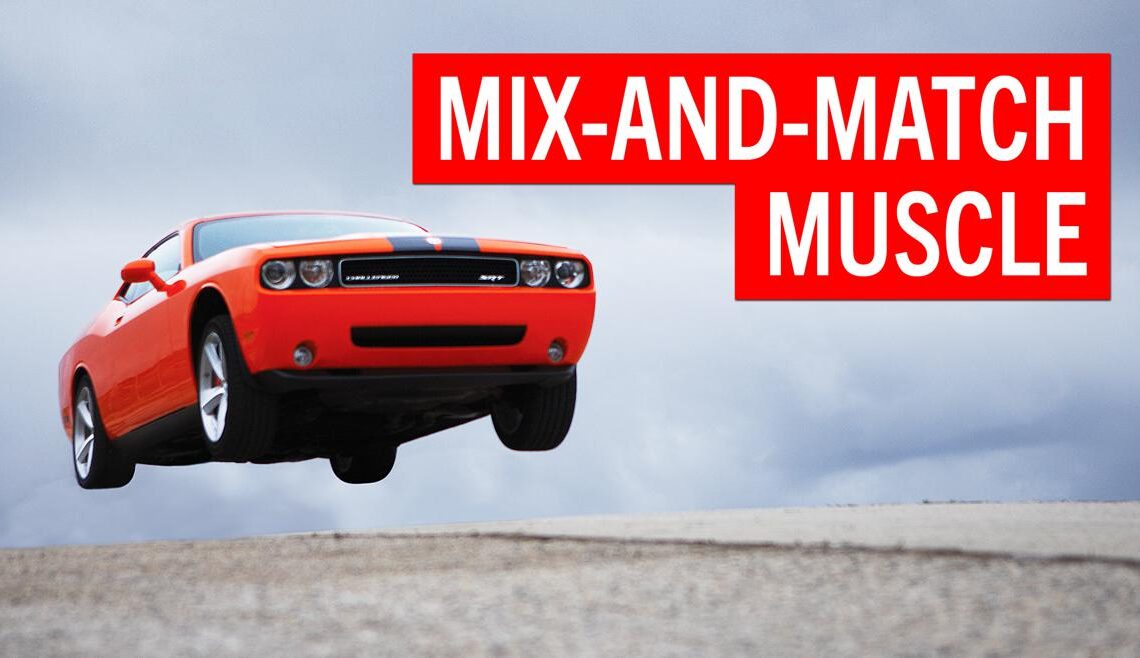[Editor’s Note: This article originally appeared in the December 2015 issue of Grassroots Motorsports.]
Erich Heuschele
manager/DR, SRT vehicle dynamics
dodge.com/srt
The best-performing Dodge Challenger for autocross is the SRT 392, specifically the 2015 and 2016 models. It has the Hellcat’s big, sticky, 275mm-wide Pirelli P Zero tires and monster brakes, adaptive shocks from Bilstein (which are very firm and race-tuned in Track Mode), and a 485-horsepower engine. However, its front axle load is 200 pounds lighter than the Hellcat’s. On autocross and road courses less than 2 miles long, it doesn’t give up any lap time to the supercharged Hellcat model.
Second choice: any Challenger with the most aggressive Bilstein passive monotube shock package from the 2011-and-newer 392. This package has trickled down to the later SRT Core models, the Scat Pack and the R/T equipped with the Super Track Pack. You can identify whether you have this package by the color of the shocks: The Bilsteins are yellow instead of black.
The SRT cars, including the brake pads, tires, suspension and cooling systems, are track-ready from the factory. We verify that every SRT model can handle 20-minute track sessions in 100-degree ambient temps with a pro driver. That means the brakes won’t go away, the driveline won’t overheat, the ESC system won’t have problems, etc. We also run 24 hours of track durability at Nelson Ledges with the car absolutely stock. We test for brake fade at Gingerman, where some of our high-profile and more expensive competitors lose brakes in just three laps.
The stock SRT brakes hold up very well for road course track days and autocrosses, as they get a decent amount of air from the SRT fascia. The R/T Super Track Pack brakes (the old police package pad compound) also perform great at Waterford Hills and Grattan. However, cooling ducts may be needed for them to run a full green-flag session without fade; it depends whether the track is very demanding on brakes, like Gingerman, and how aggressive the driver is.
To meet our acceptance criteria for engine cooling, an engine can’t exceed 250 degrees Fahrenheit in a 20-minute track session on a 100-degree day with a pro driver and essentially no traffic slowing down the lap times. Spencer Caudle, SRT steering systems engineer and Trans Am racer, hasn’t noticed any issues yet with the cooling system or wheel bearings. Between his two Challengers, he’s driven about 30,000…
Click Here to Read the Full Original Article at Grassroots Motorsports Online Articles…

